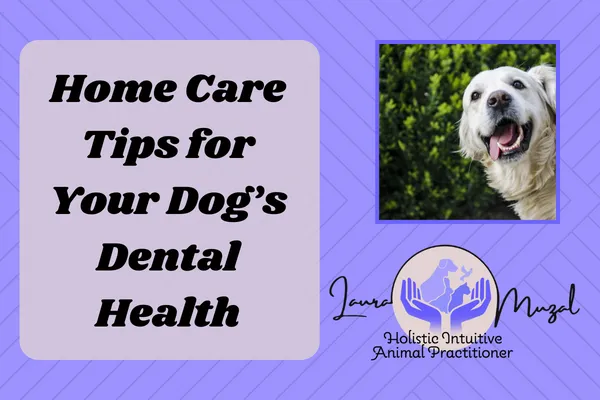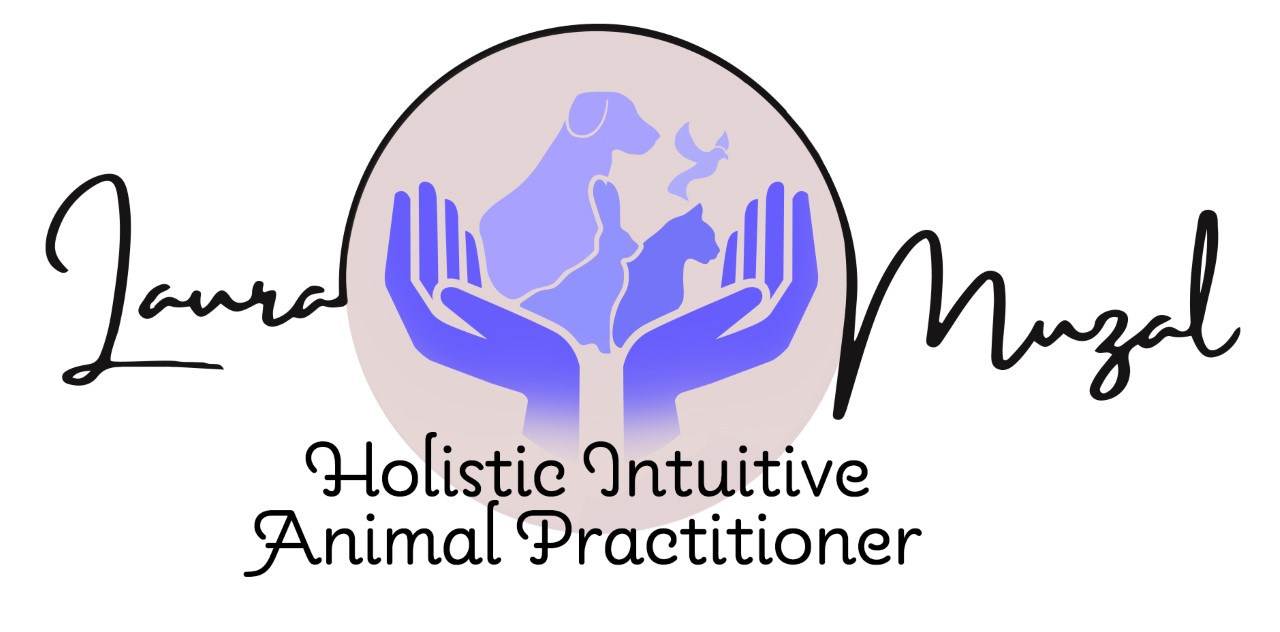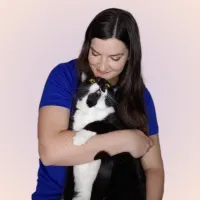Pawsitively Holistic: Your Guide to Pet Wellness

Home Care Tips for Your Dog's Dental Health

Home Care Tips for You Dog's Dental Health
Taking care of your pup's dental health shouldn't put a dent in your wallet. With a few easy steps, you can give your dog affordable dental cleanings right at home, keeping their oral health in tiptop shape. Just follow these simple techniques and stick to a regular dental care routine to make sure your furry friend's teeth and gums stay in the best possible condition. In this article, I'll guide you through the process of DIY dog dental cleaning, sharing cost-effective tips to keep your canine companion's pearly whites healthy and their gums happy.
Timing is Everything

Choosing the perfect moment to check and clean your dog's mouth is crucial. If your pet tends to get anxious, tackling their teeth and gums can be a bit of a struggle. The best time to do it? When your pet is all sleepy and chilled out, maybe after a long walk or a fun play session in the park. When they're in relaxation mode, they're more likely to be cooperative during the check-up. This not only shows your pet that the whole process is safe but also helps them understand, making future dental cleanings a breeze. If your dog tends to be on the anxious side, consider using CBD to help them chill out, it can make the whole experience even more relaxed for them.
Check Your Position
When gearing up to clean your dog's teeth, it's essential to steer clear of anything that might come off as threatening or scary to them. To pull this off, position yourself in a way that's anything but intimidating. You can kneel or sit next to your dog’s head. This will help prevent them from feeling crowded or held down, which can make them scared and not like getting their teeth brushed.
Slow and Steady
Start off by gently running your finger along your dog's teeth and gums. This is the best way to introduce them to the sensation of having their teeth touched. Be patient; it might take a little time for your furry friend to get used to it, so don't be caught off guard if they put up some initial resistance. If your pup is particularly resistant, ease them into the concept. Try giving them a sneak peek by offering a taste of doggy toothpaste or letting them have a sniff of the toothbrush before diving into the actual brushing.
Evaluation and Cleaning
Once your dog feels at ease with you exploring their mouth, conduct a thorough evaluation before diving into brushing their teeth. Carefully examine the gums by gently inserting your finger and rubbing it across their gum tissue; their reactions will indicate if there's any soreness. Keep a watchful eye for abnormal coloration or unusual growths, taking visual notes as you go. Consider using a product like Primal Health's TEEF! Drinkable Prebiotic to support your dog's robust teeth and healthy gums, warding off dental issues and maintaining oral hygiene.
Gently Brush Teeth
After confirming that the gums appear healthy, shift your focus to the teeth. It's not uncommon to spot plaque buildup around the base. Tackle this by brushing your dog's teeth. To scrub away the excess plaque, you can use a toothbrush designed specifically for pets, but a human toothbrush will also work. However, steer clear of human toothpaste as it is not safe for pets. Make sure to use a pet specific toothpaste.
For the maintenance of pearly whites, regular cleaning is paramount. Use a dog finger brush or gauze, employing gentle circular motions at a 45-degree angle to the gum line to remove plaque buildup. Approach the process with gentleness and reassurance, and reward your furry friend with treats and praise. If your dog isn't a fan of the toothbrush, experiment with flavored toothpaste resembling chicken or beef to make the experience more enjoyable.
Final Thoughts
Remember, the key to ensuring your dog's teeth stay healthy and strong for years lies in patience and practice. Follow these simple and affordable steps for at-home dog dental care, prioritizing your pet's oral health without burdening your budget. Opt for the right moment when your dog is relaxed, position yourself in a non-threatening manner, and introduce toothbrushing gradually. With dedication and repetition, you'll uphold your dog's dental well-being, and they'll express their gratitude with a joyous, wagging tail and a confident, bright smile.
While these tips provide effective at-home dental care, remember that professional veterinary checkups are still essential. If your pet ever needs dental cleaning at the vet, you can read more about dental cleaning under anesthesia here. Making sure to take a proactive approach to both at-home care and those regular checkups at the vet is key to keeping your furry friend's oral health in top shape for the long haul.
Related Reading:
Dental Health for Pets: It’s Not as Scary as You Think
Dental Cleaning and Anesthesia for Pets - Is it Safe?
Home Care Tips for Your Cat's Dental Health
CBD for Periodontal Disease in Dogs and Cats
Have More Questions or Need Personalized Pet Care Advice?
If you have additional questions or need personalized guidance for your beloved pet, I'm here to help. Book a call with me, and let's discuss how to best care for your furry friend. Your pet's well-being is my priority, and I'm dedicated to providing the support and expertise you need. Click here to schedule your consultation today. Together, we can ensure your pet leads a happy, healthy life.
Affiliate Disclosure: Some of the links on this blog are affiliate links. If you make a purchase through these links, the blog owner may earn a commission at no extra cost to you.

